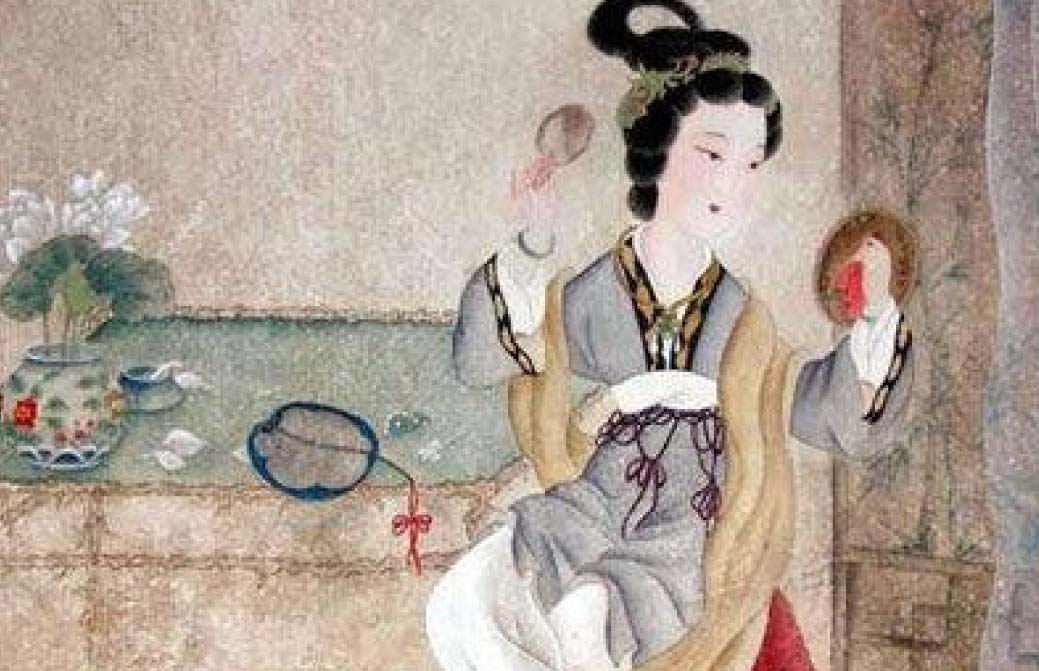Generations of women (and men), of whatever race or nationality, have long wanted whiter and brighter skin.
But it’s not just the external beauty that matters: the skin is the body’s largest organ and is the first line of defense against infection and disease. Any sign of skin imperfection like splotches, dark spots or abnormal skin pigmentation is a red flag and an encouragement for maintaining good skin.
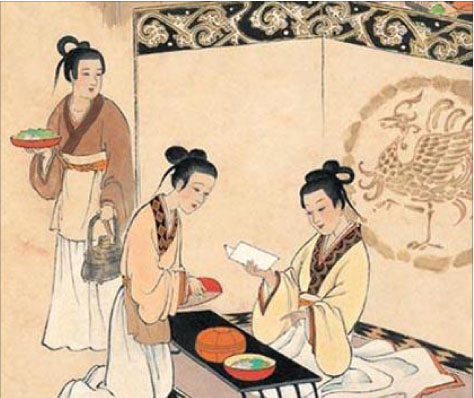
The modern woman has science to thank for discovering natural whitening ingredients that work well without harmful side effects. Such natural ingredients work by absorbing the sun’s harmful ultraviolet rays as well as inhibiting the production of melanin in the skin that causes dark pigmentation.
Some natural skin-whitening ingredients are:
Citrus extracts. Lemon juice and orange peels are natural skin bleaching agents and contain Vitamin C, which produces collagen fibers to help keep skin firm.
Kojic Acid, a white crystalline powder from a fungus in Asia. Kojic Acid has been used in Japan and is effective at reducing skin discoloration.
Licorice extract, the juice from the roots of the licorice plant, has been used in Chinese medicine as treatment for all kinds of skin ailments. The Japanese discovered the compound glabridin in liquorice absorbs UVA (long wave) and UVB (short wave) and acts as an effective skin-whitening element. The compound is also used to reverse damage caused by acne scars, helps soothe skin and reduce redness.
Bearberry extract from leaves of the plant. It is used as an astringent in many cosmetics and contains Alpha arbutin, which can lighten freckles, dark spots and other skin discolorations.
In China, generations of Chinese women have counted exfoliation, brightening and moisturizing as the three main steps in their skin regimen.
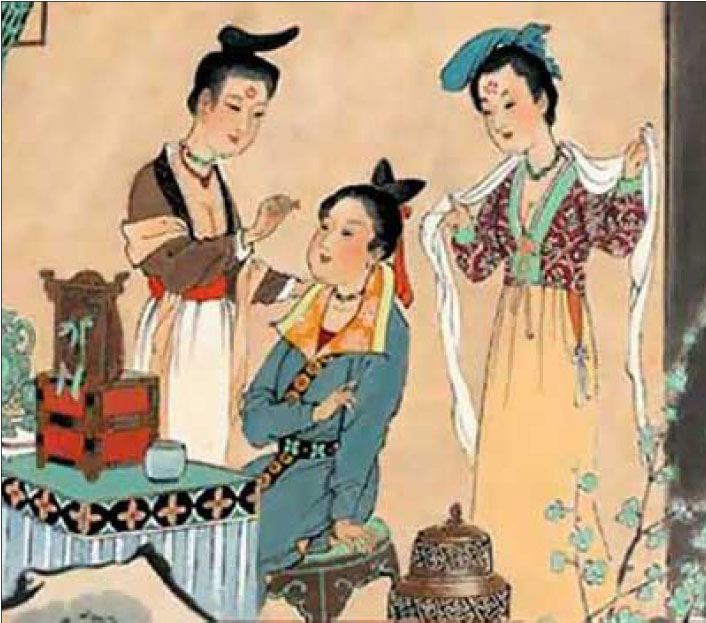
Some of the products ancient Chinese women used on their skin were:
1. Rice water. As early as the Qing Dynasty (1644-1944), Chinese women have utilized pan-water used to wash fine rice, to remove skin residue and brighten their skin. The practice was described in the Book of Rites or Liji (禮記), a collection of texts describing the social norms, administration and ceremonial rites. The book recommended using a warm pan to wash one’s face. The pan’s washed fine rice’s starch, vitamins and proteins are said to be beneficial to the skin. Even today, washing one’s face with water used to clean rice is one of the most popular homemade skincare routines.
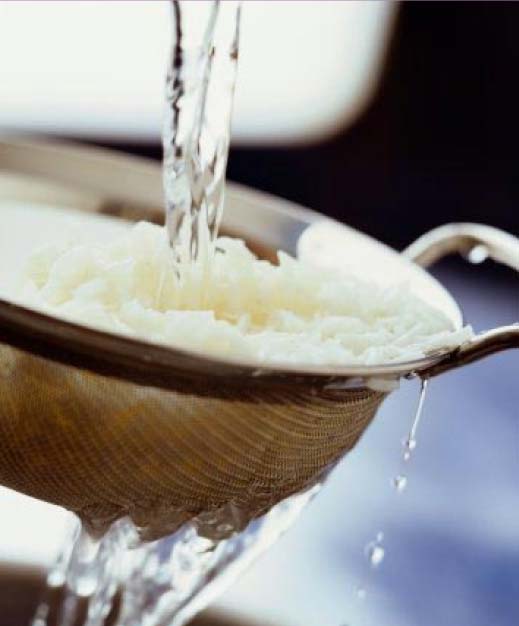
2. Bath beans. “Bath beans,” a bar-shaped product consisting of soy bean powder, medicinal herbs and fragrances, were used from the Wei Dynasty to Southern Dynasty (220-589). The isoflavone from soybeans, which have a chemical structure very similar to the female hormone estrogen, is said to be good for women. Other ingredients in the bath beans vary in complexity.
In the Supplement to the Formulas of a Thousand Gold Worth, a Traditional Chinese Medicine masterpiece by Dr. Sun Simiao (孫思邈) of the Sui and Tang Dynasty, many ingredients are included in the bath beans designated for use by nobles or officials.
It is worthwhile noting here that the mixture of ingredients was not always beneficial. The book also documents the adding of pig pancreas to bath beans as an embryonic form of ancient soap.
As the soap manufacturing technique matured, plant ash replaced soy bean paste and pig fat was added and pressed into bar-shaped products, much like soap today.
The ancient soaps excelled at removing dirt from the skin without stripping its moisture completely.
Other skincare products were also made from animal fats, including facial creams and chapsticks.
3. Floral products. A theory in ancient Chinese medicine calls for “replenishing color with color,” hence the use of flowers in many beauty products for that healthy glow.
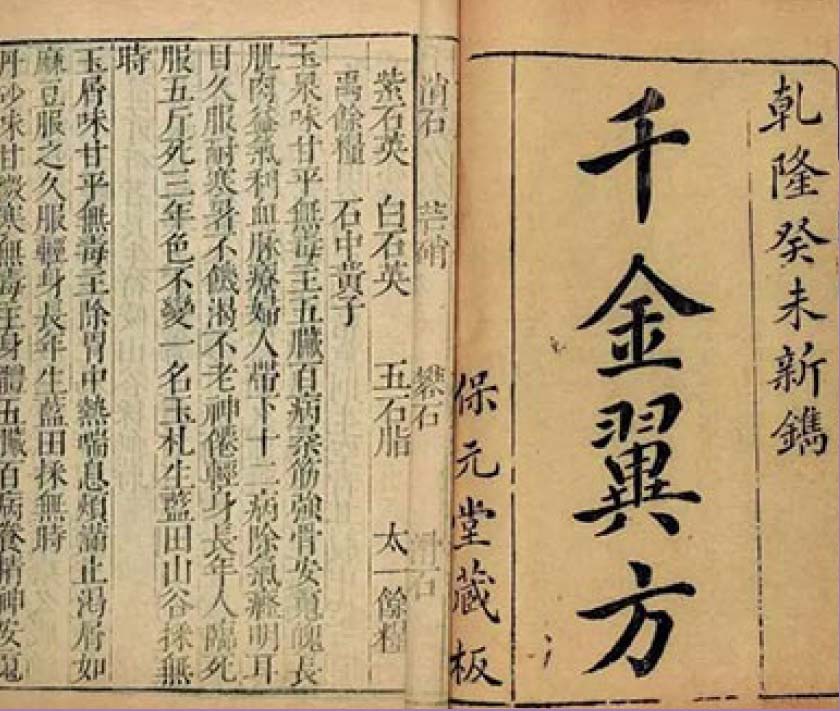
Compendium of Materia Medica, the bible of Traditional Chinese Medicine, records a large volume of pharmaceutical formulas with floral ingredients.
For instance, to brighten the skin, a mixture of plum, pear, cherry, candytuft, white lotus, red lotus, inula flowers and pepper (300g), peach and papaya flowers and aloes, clove and radsz (150g), 100g of pearl and jade crumbs, 50g of Sichuan spray flowers and 700g of ground soybean powder was prescribed. Whether the formula worked or not remains in doubt.
Another use of flowers is in the production of floral hydrosol, in which essential oils and ingredients from flowers are extracted using refinement technology. The condensation added to the scent of the hydrosol, and many applied it not just as a skincare product but also as a perfume.
4. Use of metals. Lead mercuride had been frequently applied to brighten the skin since the Wei and Jin (220-420) dynasties.
The compound caused the death of melanocytes, a type of skin cell responsible for pigmentation of the skin, hence brightening the skin color. However, extended use of large quantities of lead on skin causes lead poisoning. In less serious cases, skin becomes more coarse; in severe cases, it causes death.
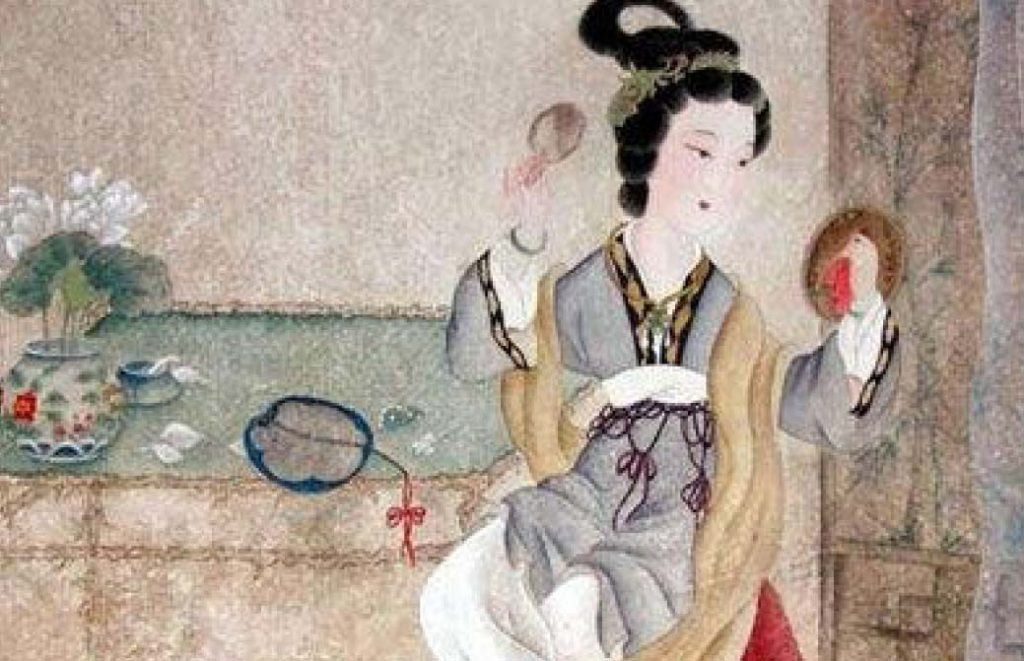
Ancient Chinese people were not unaware of the toxicity of lead. Compendium of Materia Medica clearly documents the harmful effects of lead. But its speedy ability to whiten the skin still lured many young women to choose beauty over health.
Overdosing on lead in cosmetics remains a problem today. Even after thousands of years, human nature remains difficult to change. For such people, beauty comes first before safety. — First published in Tulay Fortnightly, Chinese-Filipino Digest 29, no. 6 (August 23-September 5, 2016): 14-15.
